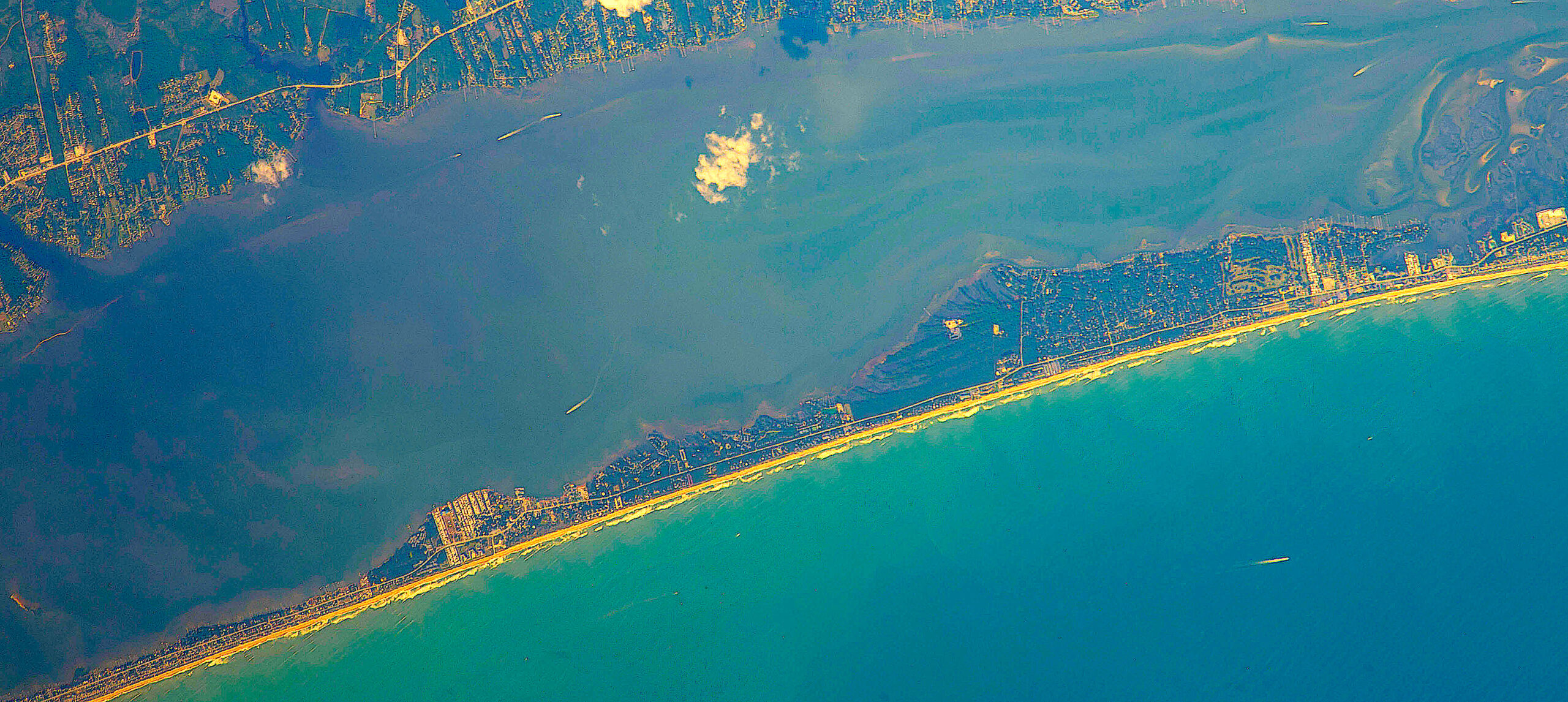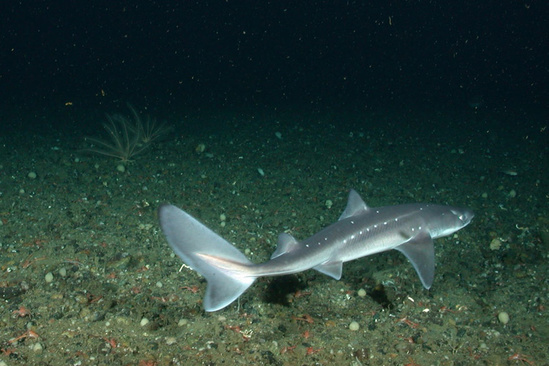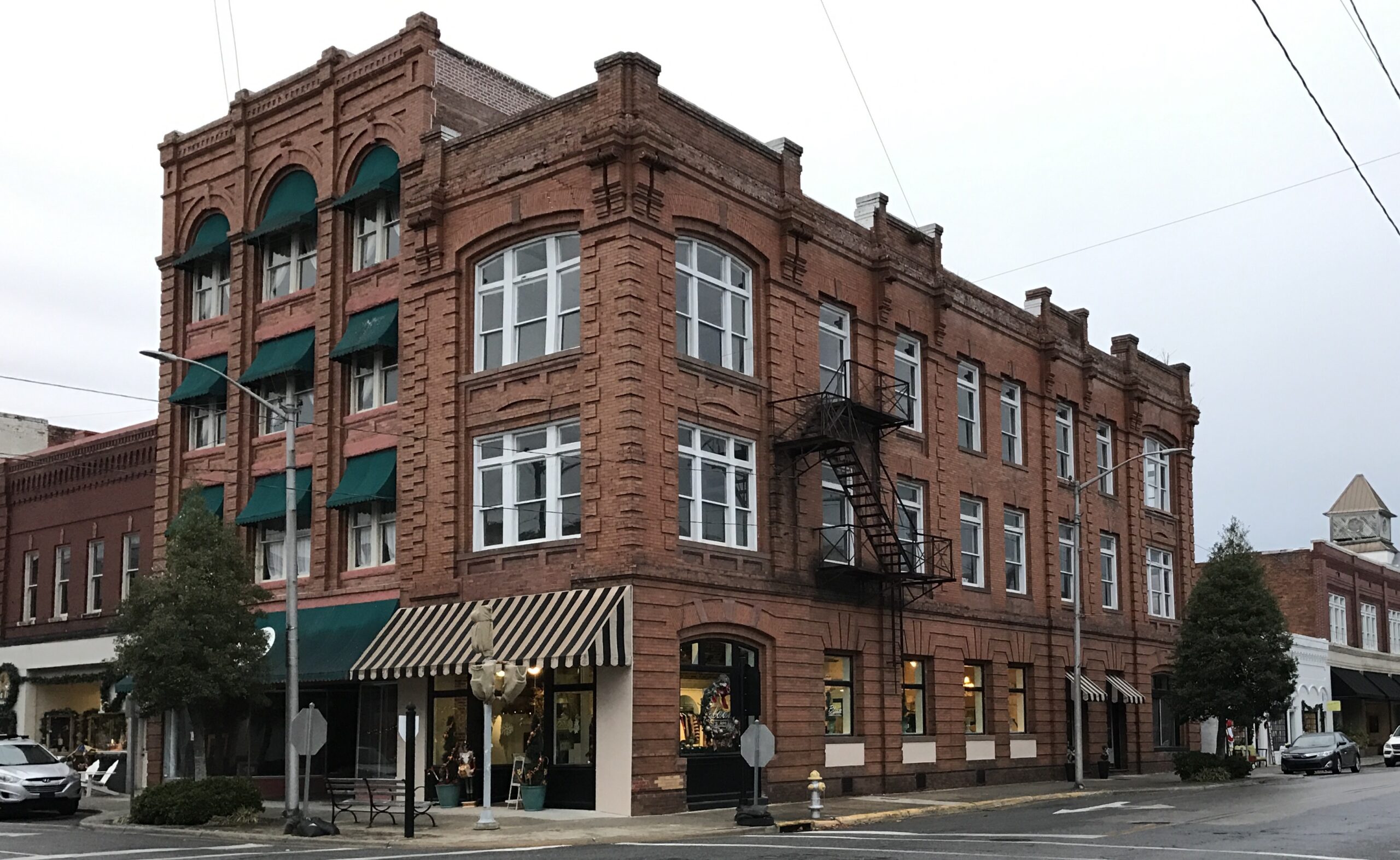PEOPLE & PLACES: Queen’s Quest: Human Dimensions in Coastal Science

As biologist and botanist, Bill Queen always looks at the human dimension of coastal issues.
Under Queen’s leadership, East Carolina University’s Institute for Coastal & Marine Resources (ICMR) researchers put social science issues on the table.
Often with support from North Carolina Sea Grant, Queen’s researchers have studied a variety of coastal issues — from community response to hurricanes to the state’s fishing heritage.
During the mid-1980s, ECU anthropologist David Griffith delved into the early herring fisheries, as well as the transition from African-American to Mexican labor in crab picking plants. His work was highlighted in The Estuary’s Gift: An Atlantic Coast Cultural Biography.
More recently, Griffith and ECU sociologist Jeff Johnson examined the changes in community resources, as the number of Hispanic and other immigrants in the workforce increased. And now, the Sea Grant researchers are studying humans as predators in the fishing industry.
“They are looking at whether the decline in fish stocks is due to natural forces or human activities,” says Queen, ICMR director, who recently retired.
While serving on a number of UNC science tasks force and statewide coastal and marine committees, Queen has seen coastal issues change dramatically.
“During the 1970s, the efforts of government agencies and the coastal/marine research community were largely focused on coastal ecology, marine fisheries, aquaculture, water quality and related issues. All of these are still important,” Queen says.
However, he says during the past decade, both agencies and researchers have become very interested in the human dimension of coastal issues. “Among these are population growth along the coast, hazards, coastal development, gentrification and beach access,” he adds.
“Government agencies and some private industries have a strong need for coastal and marine scientists who have a good understanding of how scientific data is used in the public policy process.
The goal of this program is to provide scientists to fill this need.”
SEA GRANT LINKS
Queen sits in his spacious and sun-lit office — filled with neatly stacked papers and books — and reflects on his accomplishments with Sea Grant and ICMR.
Early on, he valued Sea Grant as a valuable information network.
“I found that Sea Grant was more than a funding source,” says Queen. With initial support from Sea Grant, ICMR researchers were able to get more funding from government agencies and private industry, he adds.
Queen’s involvement with the Sea Grant program dates back to the early 1970s when he was studying saltwater vegetation in South Carolina marshes.
While teaching biology at the University of South Carolina, he served on a committee that wrote a proposal that led to the establishment of the South Carolina’s Sea Grant program.
And when Queen took over the Wetland Edges Program at the Chesapeake Research Consortium — an estuarine research organization — he was on a committee that initiated efforts to form Maryland Sea Grant.
“Maryland is wrapped around the Chesapeake Bay,” says Queen. “Sea Grant is concerned about coastal bodies and the ocean. It was natural for Maryland to have a Sea Grant program.”
After Queen became director of ICMR in 1976, he quickly looked to Sea Grant and its director, B.J. Copeland, for partnerships.
For example, ECU has provided support for the Sea Grant extension program.
“Bill has made sure that our extension specialists in the northeast are involved with the institute’s research,” says North Carolina Sea Grant extension director Jack Thigpen. “We have a much greater understanding of the changing economy and communities of the coast due to Bill’s leadership.”
In his long tenure at ICMR, Queen developed a reputation as an organized and level-headed administrator.
“He does everything purposefully and methodically,” says Copeland.
Ronald Hodson, former North Carolina Sea Grant director, agrees. “Whether you agree with Bill or not, he presents everything in an articulate manner.”
With many years in leadership positions, Queen will take a break from marine science issues when he retires.
“I am going to play golf and travel,” he says with a smile. “I have five kids who live in great places — two live in Raleigh, one in Charleston, S.C., one in Boulder, Colo., and one in Warrenton, Va. — and four grandchildren. My wife, Beverley, and I will be visiting them, but we plan to stay in Greenville.”
EARLY LIFE
Queen is a native of Birmingham, Ala.
“My father was a barber, but he and my mother made sure all four of their children went to college,” he says.
Queen chose the University of Alabama where he majored in biology and followed the Crimson Tide football team under the legendary Coach Bear Bryant.
After his undergraduate work, he pursed a master’s in biology at Alabama and then worked briefly at the University of Alabama Marine Laboratory at Dauphin Island, Ala. He left the lab to get a doctorate in botany at Duke University.
With his doctoral degree in hand, Queen moved to the University of South Carolina where he established a research program that was focused on salt marsh vegetation.
“I was interested in salt marsh grasses and how they adapt to highly saline environments,” he says.
Queen then went to Maryland to oversee the Chesapeake wetlands program. “This gave me an opportunity to broaden my interest in coastal issues,” he says.
While developing the program, he discovered that marine scientists didn’t know what social scientists were doing and vice versa. “As we worked our way through the issues, everyone began to develop an appreciation of what the others were doing,” Queen says.
When National Science Foundation funding for the wetlands program ended in 1976, he moved to Greenville to oversee ICMR. Over the years, he has expanded the program from a staff of three to as many as 24, as well as increased the funding.
“When I arrived, the program only had one grant for $30,000,” he says. “Now the funding is about $1 million a year.”
Queen also was instrumental in helping get the first doctoral program in coastal resources management at ECU.
“With the combined resources of these five universities, I think the state is well-positioned to provide the scientific information, both natural and human, that is needed to understand your coastal and marine systems.”
“Government agencies and some private industries have a strong need for coastal and marine scientists who have a good understanding of how scientific data is used in the public policy process,” he adds. “The goal of this program is to provide scientists to fill this need.”
As director, Queen was a mentor to young faculty.
“Bill taught me a lot about structure and how to organize and write a proposal and get my point across,” Johnson says. “Later, he left me alone and had faith in me.”
WATERFRONT ISSUES
Although North Carolina is now facing waterfront access issues, Queen says the state has made a lot of progress on marine issues.
Queen believes North Carolina has never gotten the visibility in coastal marine sciences, in comparison with other institutions such as Woods Hole Oceanographic Institution in Massachusetts or Scripps Institution of Oceanography in California, because not all of the state’s coastal resources are concentrated in one place.
“However, if you put the resources from UNC-Chapel Hill, NC State, UNC Wilmington, Duke and ECU together, it becomes obvious that North Carolina has a wealth of talent who address the full range of coastal and marine science and policy issues,” Queen says. “With the combined resources of these five universities, I think the state is well-positioned to provide the scientific information, both natural and human, that is needed to understand your coastal and marine systems.”
Recently, UNC President Erskine Bowles appointed Queen to UNC’s Marine Task Force.
“I am trying to get the group to look at the human dimension of coastal issues,” he says. “There is a large amount of gentrification along the coast, particularly in Corolla, Duck and Atlantic Beach. A lot of upper middle-class and middle-class people are living there, and there are fewer areas that are accessible to lower-income people.”
This article was published in the High Season 2007 issue of Coastwatch.
For contact information and reprint requests, visit ncseagrant.ncsu.edu/coastwatch/contact/.
- Categories:


